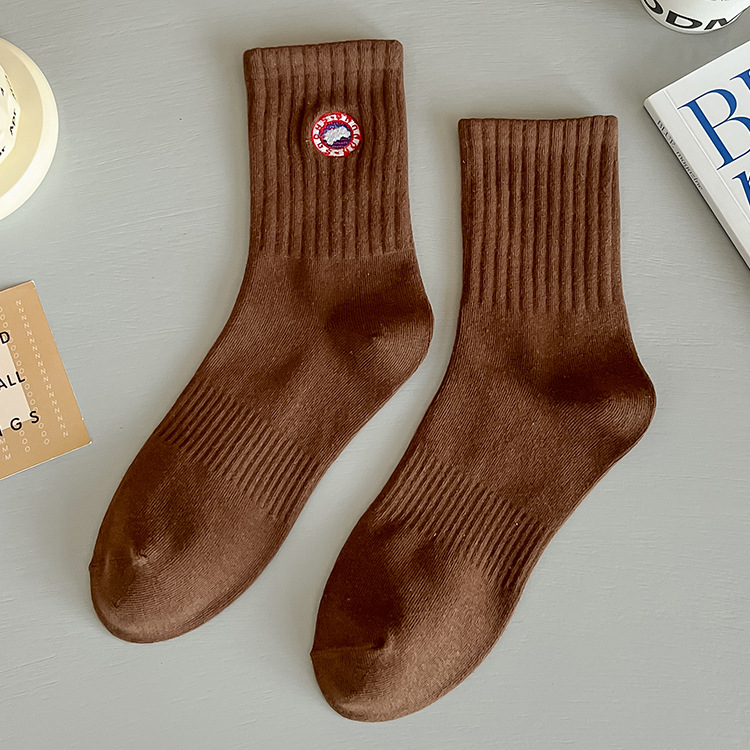Summary:Women's socks are crafted from a variety of materials, each offering different features in terms of comfort, durability,...
Women's socks are crafted from a variety of materials, each offering different features in terms of comfort, durability, breathability, and performance. The choice of material often depends on the intended use of the socks and personal preferences. Here are some common materials used in women's socks:
Cotton:
Characteristics: Soft, breathable, and absorbent. Cotton socks are comfortable for everyday wear.
Usage: Casual, everyday socks.
Wool:
Characteristics: Warm, insulating, and moisture-wicking. Wool socks are great for colder weather.
Usage: Winter socks, outdoor activities.
Polyester:
Characteristics: Durable, quick-drying, and moisture-wicking. Polyester is often used in athletic and performance socks.
Usage: Athletic socks, workout socks.
Nylon:
Characteristics: Strong, durable, and resistant to abrasion. Nylon is often blended with other materials for added strength.
Usage: Reinforcement in heels and toes, sport socks.
Spandex (Lycra or Elastane):
Characteristics: Stretchy and elastic. Spandex is often blended with other materials to provide a snug fit.
Usage: Athletic socks, compression socks.
Bamboo Fiber:
Characteristics: Soft, breathable, and moisture-wicking. Bamboo is a sustainable and eco-friendly option.
Usage: Everyday socks, eco-friendly options.
Merino Wool:
Characteristics: Fine, soft, and itch-free. Merino wool is known for its natural temperature-regulating properties.
Usage: Winter socks, outdoor activities.
Silk:
Characteristics: Smooth, soft, and luxurious. Silk socks offer a comfortable and lightweight option.
Usage: Dress socks, special occasions.
Coolmax:
Characteristics: Moisture-wicking and breathable. Coolmax is designed to keep feet cool and dry during physical activities.
Usage: Athletic and performance socks.
Acrylic:
Characteristics: Lightweight, soft, and moisture-wicking. Acrylic is often used as a synthetic alternative to wool.
Usage: Everyday socks, cold-weather socks.
Cashmere:
Characteristics: Luxuriously soft and warm. Cashmere socks provide a high level of comfort.
Usage: Dress socks, special occasions.
Microfiber:
Characteristics: Fine fibers that are soft and lightweight. Microfiber socks are often used for comfort and breathability.
Usage: Everyday socks, dress socks.
Socks may also be made from blends of these materials to combine their respective benefits. For example, a common blend is cotton with spandex for added stretch and comfort. The choice of material depends on factors like the season, intended activity, and personal preferences for comfort and style.


